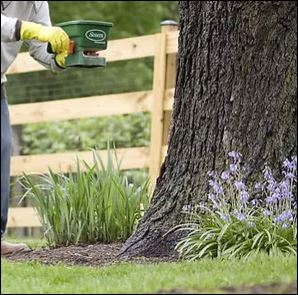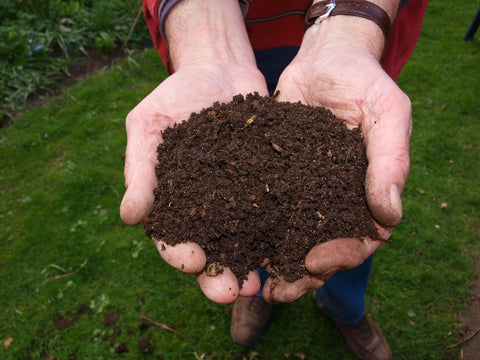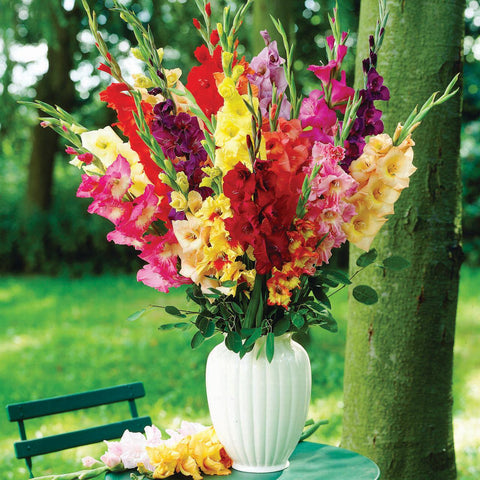Shrubs and trees should be fertilized in late winter. Trees do best if fertilized in early March and shrubs should be done by the end of March. The reason for this is that roots are waking up, and water is readily available to the root system making fertilizer absorption at its best. If plants are dry, stressed, or damaged, it is best not to fertilize and ask the plant to grow so, do not apply fertilizer to these trees.

Fertilizers are essentially ground minerals that react with water to supply the tree with what is needed to conduct photosynthesis and growth.
Older established trees usually do not require fertilizer annually as they are slowing down and not growing vigorously. Too much fertilizer can push trees too hard and cause excess weak growth that can cause health issues.
Healthy organic soils have what shrubs and trees require for growth. If you are unsure of the quality of your soil it is best to have a soil test run to see what you really need for best shrub and tree health.

Most fertilizers contain Nitrogen, Phosphorus, and Potassium and many add Calcium, Magnesium, Sulphur, Zinc, and Iron. Fertilizer can be slow or fast release and of synthetic or organic nutrient sources. It is best to apply what is needed once you get the results of your soil test. Apply fertilizers to the soil at 1.5 times the crown radius of the plants.
Most tree feeder roots are within the top 10-14 inches of soil. Roots that are deeper are used for stabilizing the tree.
Shrubs and trees should never be fertilized going into their dormant period. Spring flowering shrubs and trees should be fertilized in late winter. Fall flowering shrubs and trees can have another application in early summer if plants are not stressed naturally.
Another consideration is soil type. Heavy clay soils will leach fertilizer much slower than sandy porous soils. Having a soil test performed will tell you they type of soils you have, the amounts of nutrients and the characteristics of the sil which may affect the availability of the nutrients for the type of plants in the area.
Below is a sample soil test report for a lawn. By understanding nutrients available for trees and shrubs, you can apply just what is needed at the best time to benefit the plants without wasting nutrients which saves you money and saves the environment. Ask a Mill associate about soil testing, the best type of fertilizer for your situation, the best rate to use and the best time to apply tree and shrub food.












